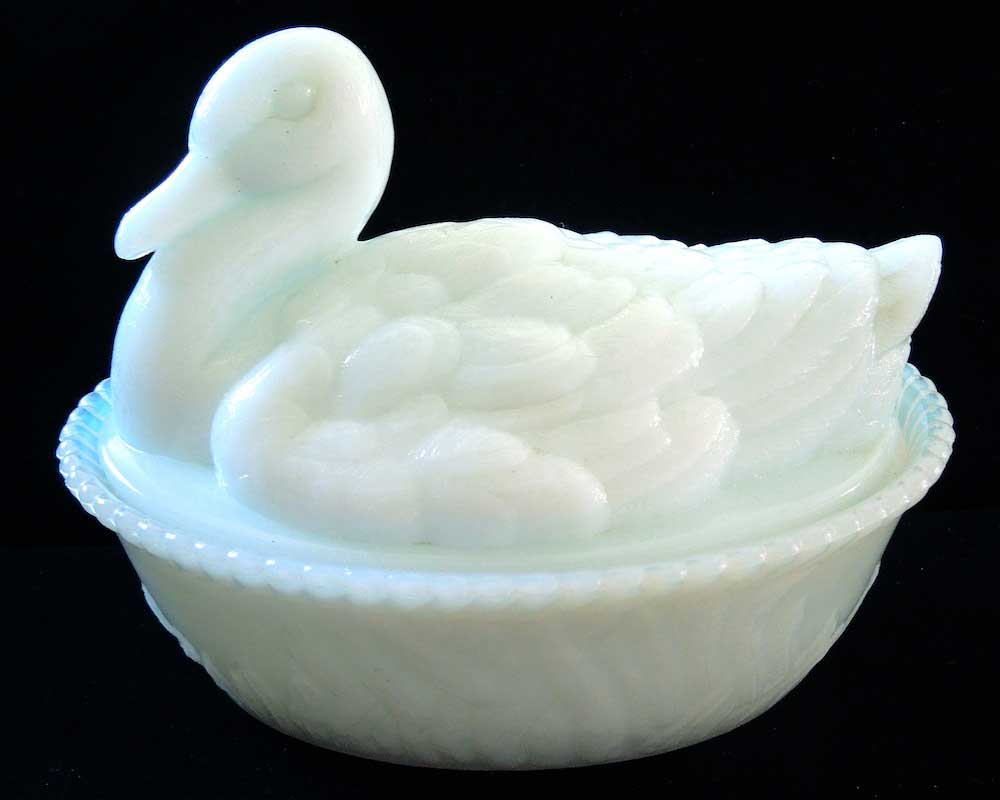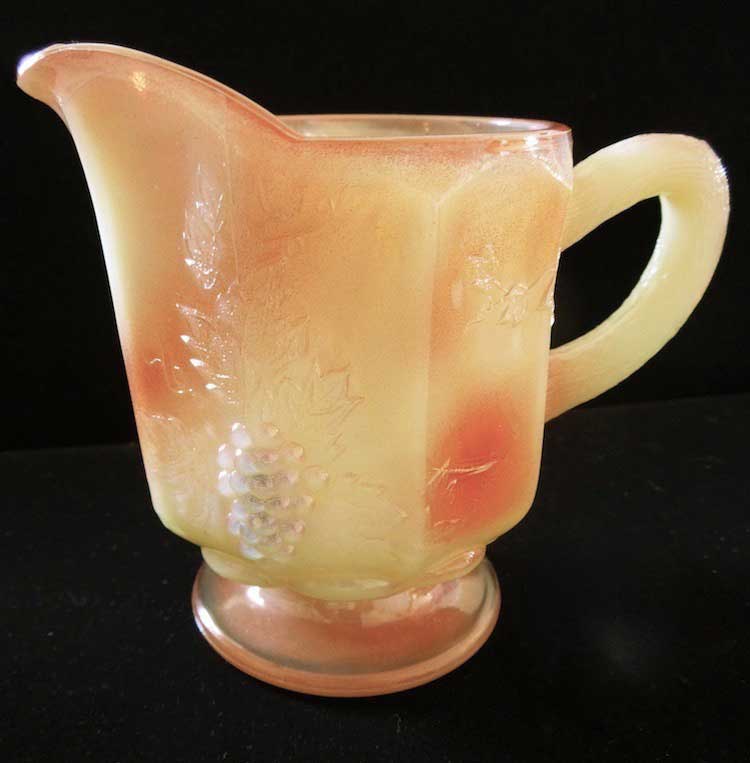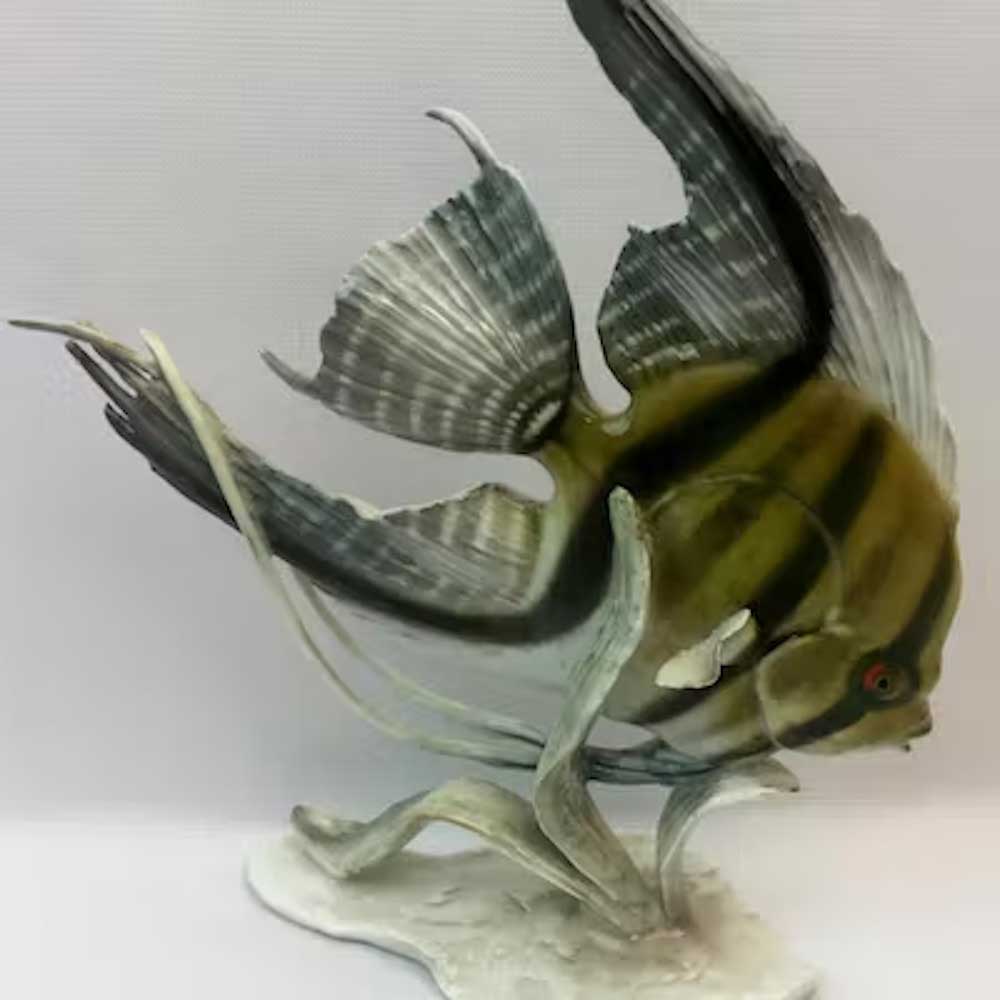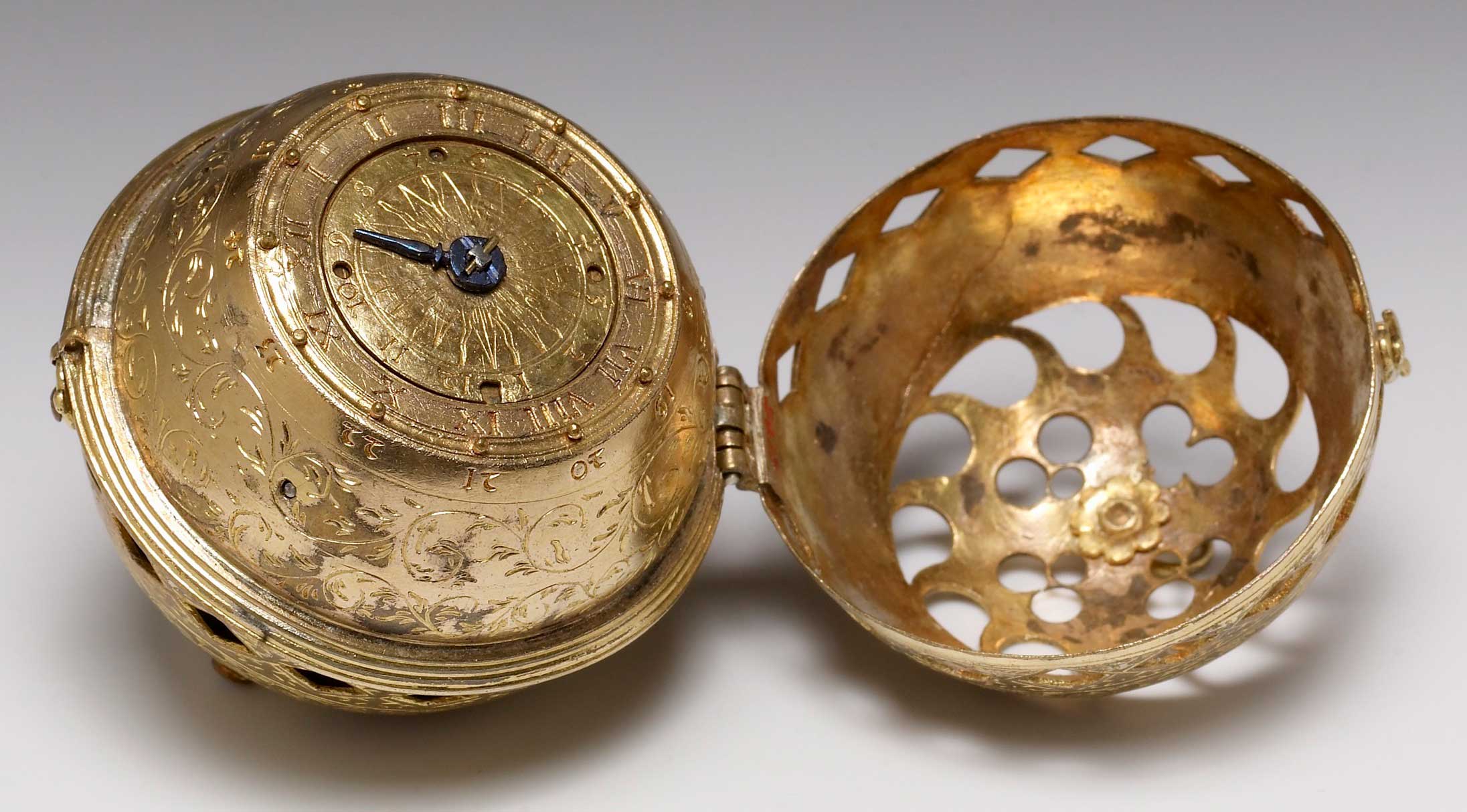Consolidation, contraction and closing
June 2023
Good Eye
Consolidation, contraction and closing
by Peggy Whiteneck
Recently, national news sources have highlighted consolidation in American industries. Reports have focused, for example, on the airline industry, whose flight arrival and departure times have often been difficult to predict and whose customer service charges on everything from food service during flight to baggage check have challenged passenger disposition.
Such trends have also hit the antiques and collectibles industry. The 1980s, when I first began writing about antiques and collectibles, was an era when there was a heightened interest in collecting. Today, customer options have contracted with consolidation and closings in the industry.
Contraction and closings in antique sales venues
We can still find places with many shops. In other areas, though, many shops have gone out of business. I remember shopping on Antique Alley in Concord, NH, when my parents were still alive. Today, there are so many fewer shops along that route that I less often make the trip from my home in Central Vermont. Elsewhere, some of my favorite shopping venues have also closed. I still keenly miss the high-quality Burlwood Antique Center in Meredith, NH, which closed in 2009 under pressure of building upgrades that would have been required to keep it open.
Consolidation in antiques and collectibles publishing
In the 1980s, there were entire sections in bookstores devoted to antiques and collectibles, from price guides to works that gave in-depth information and analysis about particular items and manufacturers. Today, there has been so much consoli-dation in the publishing field that … well, good luck finding a publisher if you have a book to put out into the world.
There used to be at least three big book publishers in the field (Krause, Collectible Books, and Schiffer) plus a host of smaller ones. Today, Schiffer is the only publisher left among those big three. In the heyday of publishing on antiques, entire shelves and magazines racks in any large bookstore were devoted to the field. Now, there are few of these publications, if you can find them at all, tucked between the hobbyist offerings.
I currently have one book in print (on Lladró Spanish porcelain) with Schiffer. Two of my other books, focused on Fenton Art Glass, had been in print with three different publishers that all went out of business! The only options open to me seemed to be the so-called “vanity publishers” where an author has to pay them for the privilege of being in print. Finally, I found a more traditional organization that has other collector education interests than just putting out books. My two books on Fenton Art Glass have been accepted there, with about a two-year waiting period before they can begin working on either.
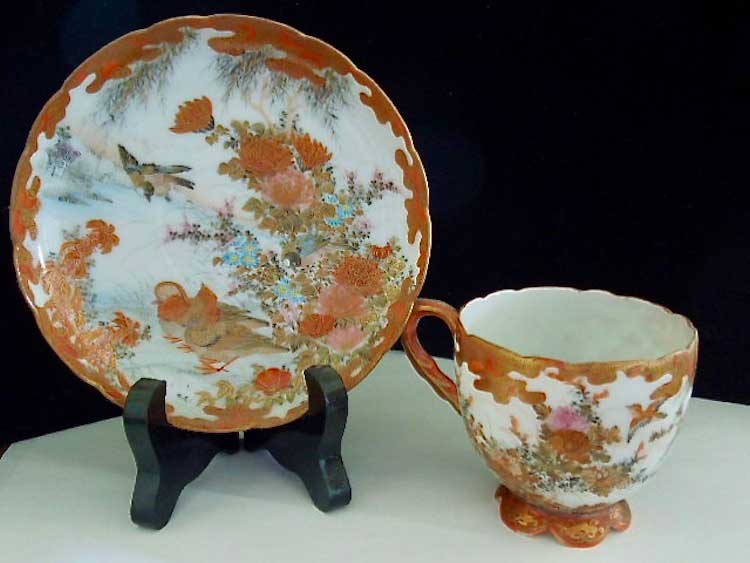
Kutani painting
One of many quality items I bought over the years from the now-closed Burlwood Antique Center was a cup and saucer that dates from the late 19th to early 20th century, English translation of the Japanese characters in the mark: “Painted by Menzan from Watano Kiln” with a Kaga mark used in the years before the Japanese character for Kutani appeared in marks. While Kutani painting can sometimes be slapdash, this early example is carefully and exquisitely detailed. (Images courtesy of the author)
Changes in companies making collectibles
Speaking of waiting periods, many manufacturers, the largest of which had been in business since the early 20th century, have gone out of business. That means the field is left to smaller companies that cannot absorb all the new demand still being generated by collectors. The waiting period for orders of new glass (e.g., at Mosser Glass) is now nearly as long as the waiting list for publishing projects. Glass and other collector clubs that have pre-ordered in bulk are in the best position to wait this out.
Expansion, anyone?
Today, the expansion in antique and collectibles sales seems to be among private, individual sellers on eBay and Facebook groups. Sellers vary in accuracy of their knowledge about what they’re selling and their ability to get auction sales out in a timely manner after a sale.
Reputable auction firms such as Randy Clark’s Dexter City Auction Gallery in Ohio and Matthew Wroda Auctions in New York are my own favorite go-to options today for new acquisitions. I also haunt the antique centers still left … And I guess it’s a good thing I don’t find more to buy as I’ve run out of room in my house to display it!
Peggy Whiteneck is a writer, collector, and dealer living in East Randolph, VT. If you would like to suggest a subject that she can address in her column, email her at allwritealready2000@gmail.com.


